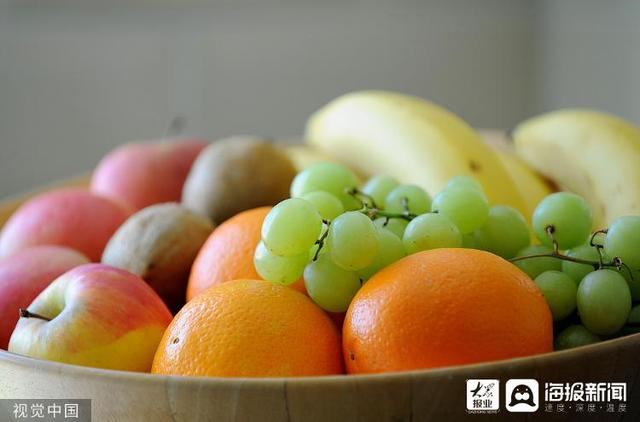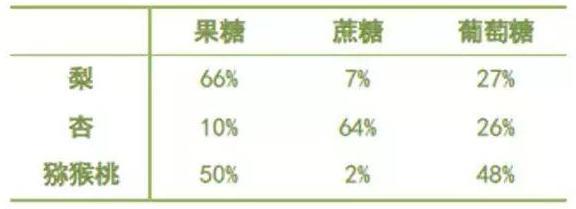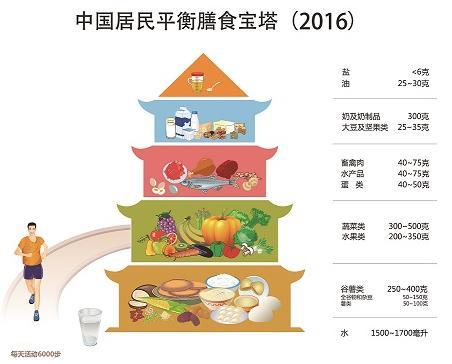Unsweetened fruits also have low sugar content? Not necessarily!
At the end of summer and the beginning of autumn, the hot weather is constant, the air is sultry, and people’s appetite is also getting worse. Therefore, cold and juicy fruits, such as watermelon, cantaloupe and peach, have become a "good heart" for many people. Nowadays, people’s health awareness has improved, and they know that some fruits have high sugar content and cannot eat too much. "Sugar" and "sweet" seem to be born together. Many people think that the unsweetened fruit must contain less sugar, and the sweeter fruit must contain more sugar.
Research shows that this is actually a misunderstanding. Whether the sugar content of fruit is high or not is not just as simple as whether it tastes sweet or not. For example, strawberries taste sweeter than pineapples, but the sugar content of strawberries is much lower than that of pineapples; Pitaya and kiwifruit taste sour, but their sugar content is higher than watermelon. The sweet and sour taste of fruit is closely related to the types of sugar and organic acids in the fruit itself.

Different sugars have different sweetness.
There are many kinds of sugar in fruit, including monosaccharide (fructose, glucose), disaccharide (sucrose, maltose) and polysaccharide (starch). Professionally, the sweetness of sucrose is 1, the sweetness of fructose is 1.2, and the sweetness of glucose is 0.7. Fruits with the same sugar content and high fructose content will taste sweeter.
Taking pitaya and watermelon as examples, because the sugar of pitaya is mainly glucose, and fructose accounts for more than half of the sugar of watermelon, the sweetness of watermelon is higher than that of pitaya. But in terms of sugar content, the sugar content of watermelon is lower than that of pitaya. Many people think that watermelon is very sweet, and its sugar content must be high, but on the contrary, the sugar content of watermelon is only 5%-6%, which is lower than that of apples used by many people to lose weight. Although the sugar content of watermelon is low, it is easy to eat it. Some people question: "Can eating an apple be the same as eating a watermelon?" Netizen said: You can’t blame watermelon for eating too much!



The fruit that tastes very sweet has high or low sugar content, so the fruit that is not sweet must have low sugar content, right? This is really not certain! Take pear, kiwi fruit and apricot as examples, the total amount of fructose, sucrose and glucose is about 10%, but the proportion is quite different.

If we only look at the type and proportion of sugar, pear should be the sweetest, followed by kiwi fruit and apricot at last. Some people wonder: does kiwi fruit have so much fructose? The kiwifruit I have eaten is not very sweet. This is because there are not only "sugar" but also "acid" in fruit. For example, organic acids such as citric acid, malic acid, tartaric acid, and polyphenols such as astringent tannins will make fruits less sweet.
Experts suggest that adults should consume 200-350 grams of fruit every day.
In real life, many people worry that eating fruits with high sugar content will lead to obesity. For people who want to lose weight, they can try to avoid "high-sugar" fruits such as grapes, durians and cherries. According to the Balanced Diet Pagoda for China Residents recommended by China Nutrition Society (2016), adults should consume 200-350g of fruit every day, which is equivalent to 1-2 apples or pears of normal size. Generally speaking, the fruit consumption of Chinese residents is obviously lower than this standard, which needs to be improved urgently. It should be noted that fruit is best eaten between meals. From a nutritional point of view, you can’t just eat fruit for dinner.

(Source: China Nutrition Society)
Some diabetics also expressed concern: fruit has a high sugar content, can it be eaten after all? In this regard, Nie Jiyun, a professor at the School of Horticulture of Qingdao Agricultural University and a member of the Expert Group on Agricultural Products Quality and Safety of the Ministry of Agriculture and Rural Affairs, said that diabetics can eat fruits properly, provided that their blood sugar is relatively stable, and they should follow the dietary principles of diabetics and not eat too much.

First of all, diabetics should be selective in the types of fruits. You can refer to the glycemic index (GI) of food, which indicates the speed and ability of food to raise blood sugar compared with glucose. Don’t judge the sugar content by the sweetness of the taste. Diabetic patients had better choose fruits with low GI, such as cherries, peaches, grapefruit, strawberries, apples and pears.
In addition to soluble sugars such as glucose, fructose and sucrose, there are quite a few sugars in fruits in the form of polysaccharides, such as gum and dietary fiber. The human body absorbs pectin and dietary fiber slowly, or even does not. Therefore, eating some fruits rich in pectin and dietary fiber, such as mulberry, hawthorn, pomegranate and fig, will not lead to significant fluctuations in blood sugar.
The following is a common fruit calorie ranking table for your reference:

(Source: Zhongxin Jingwei)
(Public Network Poster News Internship Editor Zhao Yawen Comprehensive CCTV, Science and Technology Daily, Poster News, etc.)
Reporting/feedback